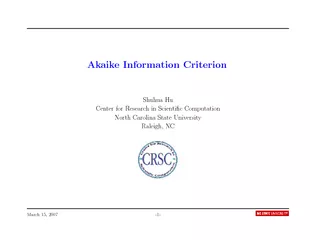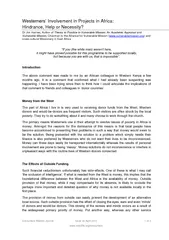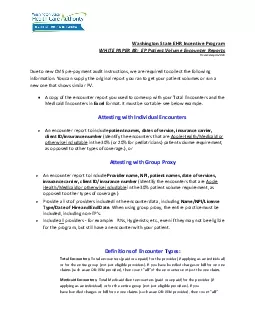PPT-My encounters with Dr. Akaike
Author : hirook | Published Date : 2020-06-18
In 1982 Spring he visited the Mathematics Research Center at U Wisconsin hosted by G Box We had numerous research discussions We invited Dr and Mrs Akaike to our
Presentation Embed Code
Download Presentation
Download Presentation The PPT/PDF document "My encounters with Dr. Akaike" is the property of its rightful owner. Permission is granted to download and print the materials on this website for personal, non-commercial use only, and to display it on your personal computer provided you do not modify the materials and that you retain all copyright notices contained in the materials. By downloading content from our website, you accept the terms of this agreement.
My encounters with Dr. Akaike: Transcript
Download Rules Of Document
"My encounters with Dr. Akaike"The content belongs to its owner. You may download and print it for personal use, without modification, and keep all copyright notices. By downloading, you agree to these terms.
Related Documents














